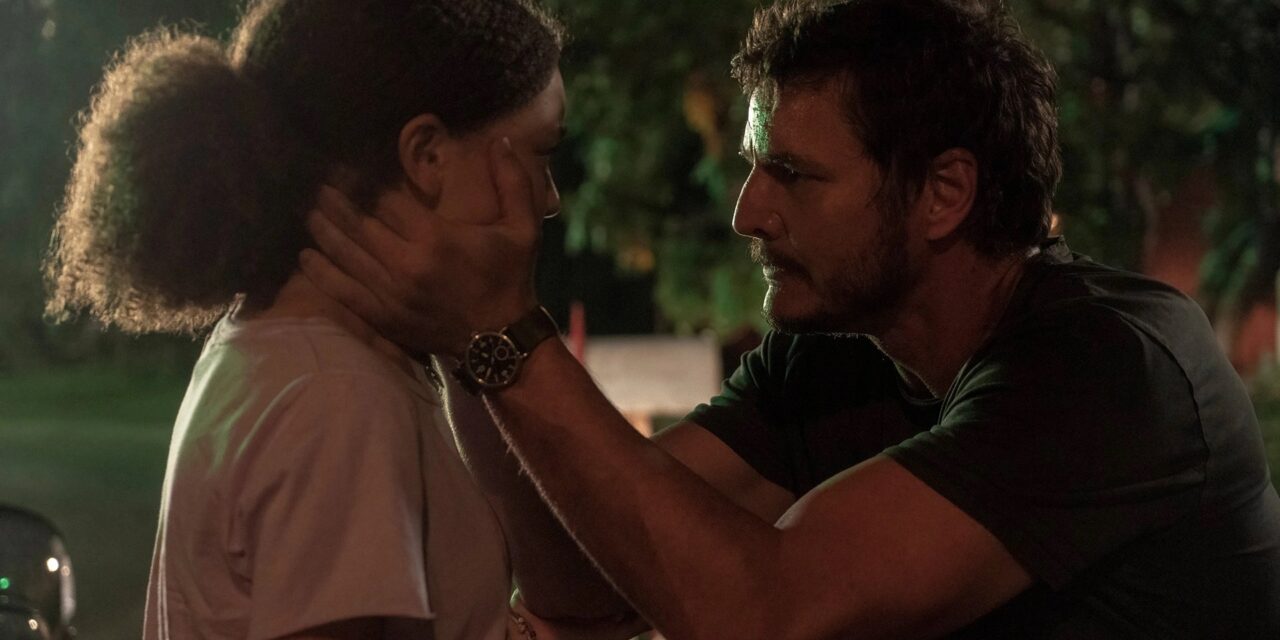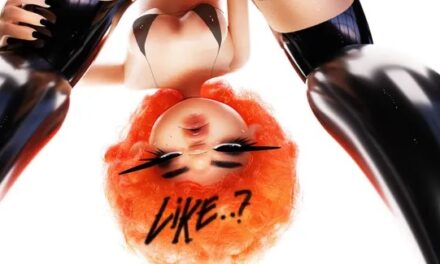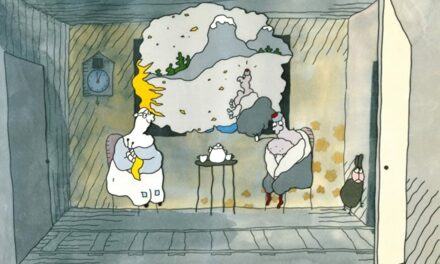There have been very few successful video game adaptations that not only stay true to their source material but also push the boundaries of new content while drawing in both old and new audiences. Netflix’s “Arcane” was one of the first video game adaptations that both hardcore fans of the original game, “League of Legends,” and a wider audience enjoyed. Those who had never played the game gave the show glowing reviews, despite having never interacted with the original material. “Arcane’s” positive reception within the industry is unfound, especially considering the reputation of other video game adaptations, such as Paramount+’s live-action adaptation of “Halo.”
Therein lies the largest problem with most adaptations, video game or otherwise: they oftentimes strive to be something they’re not. So, it was no surprise that fans were initially skeptical when HBO announced the adaptation of “The Last of Us,” for a live-action series on Nov. 20, 2020. Truthfully, they had every reason to be. With a large, die-hard fan base, “The Last of Us” is a game and story widely beloved by many. As a fan, I was also unsure, noting the track record most adaptations possess. With over 15 hours of gameplay to pack into a nine-episode series, it didn’t seem like a feasible task.
HBO also announced that the original creator of the game, Neil Druckman, would be heading up the project alongside award-winning director and producer Craig Mazin, the creator of the award-winning HBO miniseries “Chernobyl.” For hardcore fans of the game, like myself, I was nervous to see what Mazin and Druckman had in store for this adaptation.
“The Last of Us,” at its core, is a story about loss and survival in an apocalyptic world. Even more so, it’s a story about love. Druckman dove further into this idea in the post-show podcast, starring Druckman and Mazin.

Courtesy of HBO.
“This is a love story,” Druckman said on the podcast. “We will continue to come back to the notion that love conquers all, and that’s problematic … but especially the love that a parent has for a child. It’s primal and can lead to the most intense fear, and the most intense fear can lead to the most intense behavior, including violence.”
In the first episode, which garnered over 4.7 million concurrent viewers when it debuted on Jan. 15, Mazin and Druckman delivered a gut-wrenching, thrilling and true-to-the-source premiere. Now, after just three weeks of streaming, it has garnered a total of 22 million concurrent views, and on Jan. 27, HBO announced on Twitter they are renewing the show for a second season. It’s not difficult to see why “The Last of Us” is garnering such widespread attention as the opening of the first episode, “When You’re Lost in the Darkness,” sings the hard-hitting notes of the story while also incorporating new content that deepens the plot.
Viewers are left with a haunting feeling as two epidemiologists are interviewed by a talk show host, the interview taking place in the late ’60s. The audience is introduced to the idea of a fungus called Cordyceps that can infect its hosts, preventing decay and controlling their minds. Cordyceps is a real fungus, which makes this apocalyptic scenario feel frighteningly real. It’s chilling to watch as they discuss pandemics — a notion we are all now quite familiar with — and the possibility that the fungus could end life as we know it.
The second episode, which takes place in Indonesia, launched into a glimpse of the first signs of the fungus in humans. A mycologist inspects the corpse of one of the first humans infected, pulling the Cordyceps from the victim’s mouth. The mycologist startles back, running from the room in a panic. A man in the military asks her what they should do to contain the fungus and, eerily, she says, “I spent my life studying these things… There is no medicine. There is no vaccine… Bomb. Start bombing.”
It’s haunting to see these two scenes play out, leaving viewers with a sense of dread, already knowing what the world will become 20 years later, where the bulk of the story takes place. Neither of these scenes appeared in the original game, but they set the tone for the upcoming episodes. Mazin and Druckman implied in the post-show podcast episode that there will be major story differences between the game and the show, including new characters, and I’m excited to see what these differences have in store for the story.
Starring Pedro Pascal as Joel and Bella Ramsey as Ellie, both actors bring their characters to life, carrying the emotions and dynamics straight from the game onto the big screen. Ellie is the charismatic heartbeat of the story and Ashley Johnson’s performance in the game is a difficult one to live up to. However, Bella Ramsey handled Ellie’s spark brilliantly, kindling it into an impeccable on-screen performance that breathes life into the story’s focal point.
“Everything you think you know about this, you don’t know about this,” Troy Baker, Joel’s actor in the video game, remarks in the post-show podcast. “For me, that’s the most exciting prospect of this show.”
It’s thrilling to see the small parallels between the game and the show, from cinematics to lines of dialogue and even beats of a specific action. It’s in the small details where “The Last of Us” remains faithful to its source material, while also breaking new ground in storytelling.






